Nicholas Bonner has published a beautiful book of knick-knacks.
But these aren’t just any candy wrappers and postcards. They’re ephemera from the Hermit Kingdom itself, collected by Bonner over years of traveling to North Korea with his company, the Beijing-based Koryo Tours.
Bonner sits down with Noelle Mateer to talk DPRK design, then guides us through his new book, Made in North Korea: Graphics From Everyday Life in The DPRK.
How did this collection start?
I used to be a countryside ranger in the UK, and every year, I’d take kids outside. As soon as we’d finish walking around, I’d ask them to turn out their pockets, and they’d have all this stuff. I think it’s an innate thing, as human beings, to collect things.
Because I’m trained as a landscape architect and I used to teach design, I immediately notice something that’s different. I’ve been going to North Korea since ’93, and I’m drawn to graphics, so I collect them. The great thing my friend [Midnight in Peking author] Paul French said is that it's the best use of a load of rubbish under someone’s bed turned into a book ever [laughs].
Now it’s a carefully curated collection. But basically it was by coincidence. I had all these boxes, and always said I should do something with them. [Co-writer Simon Cockerell and I] are the two people who have visited North Korea the most in the world…
Really?
Oh yeah, yeah, yeah. No doubt. No one else has been going in and out every month for the last 25 years! And Simon’s been doing it since the early 2000s.
So, where did you find these things? And were people OK with you taking them?
Sometimes gift shops – quite a high percentage of this is for tourists – then some other shops as well. In North Korea you’re with two guides at all times, but we’ve known ours for years. When we ask if we can go in a shop and have a look, they understand.
It’s not illegal to collect graphics. It’s just that North Korean tour guides don’t like things being taken that they think is going to show their country in a bad light. Once you explain to them the value of a graphic and how beautiful it is, they may not quite understand, but then you get your, “OK then, off you go.”
You collected throughout the ’90s, then stopped in 2002. Why that time period?
I started collecting in 1993, but some of this is from earlier. There would be piles of postcards from the ’60s and ’70s, because there had been no tourists. Or there would be goods like chocolate boxes that hadn’t been sold, that were past the sell-by date, but I’d keep them anyway.
I stopped around 2002, when there was an economic change in North Korea. It was their first steps towards some sort of market reform, and it coincided with new products coming in from China and the rest of the world. Before then, it was all hand-drawn and hand-designed, no Photoshop.
When things are collected during a certain period of time, it becomes a study of North Korea in its own right, almost like an ethnographic study, because each piece is quite loaded. There’s a lot of information in it.
How would you describe the aesthetic of these items?
Their use of color is very rich. Those pinks, yellows and blues that you see on Korean traditional dresses – those are Korean colors, and that’s historic. There are traditional motifs and colors mixed in with socialist realism, so it’s not as cold you’d expect.
Also, at that time in North Korea, there really wasn’t competition. There were different brands – for cigarettes, for example – but it wasn’t competition. So [product design] was linked to history and identity instead.
What do people find most surprising about North Korean design?
You’d think it would all be propaganda, but it’s very soft. It shows a side of Korea that we [at Koryo Tours] know, because we’re always going in and out, but that surprises other people. Sometimes the big surprise is it’s so… banal. That banality links you to normal life in North Korea.
How have people responded to the book? Have you shown it to North Koreans?
In North Korea, they find it bizarre. When you get a North Korean looking at it, they just go, “Oh I remember that as a kid.” So it’s great to show it to North Koreans, because they just laugh.
How would items made today look different?
Same as in the West, or as in China. It’s all become homogenized, globalized – and it’s very modern. The shops are full of shiny things. A book of that is not quite as interesting.
Here are a few of Nicholas Bonner's descriptions of items within his book:
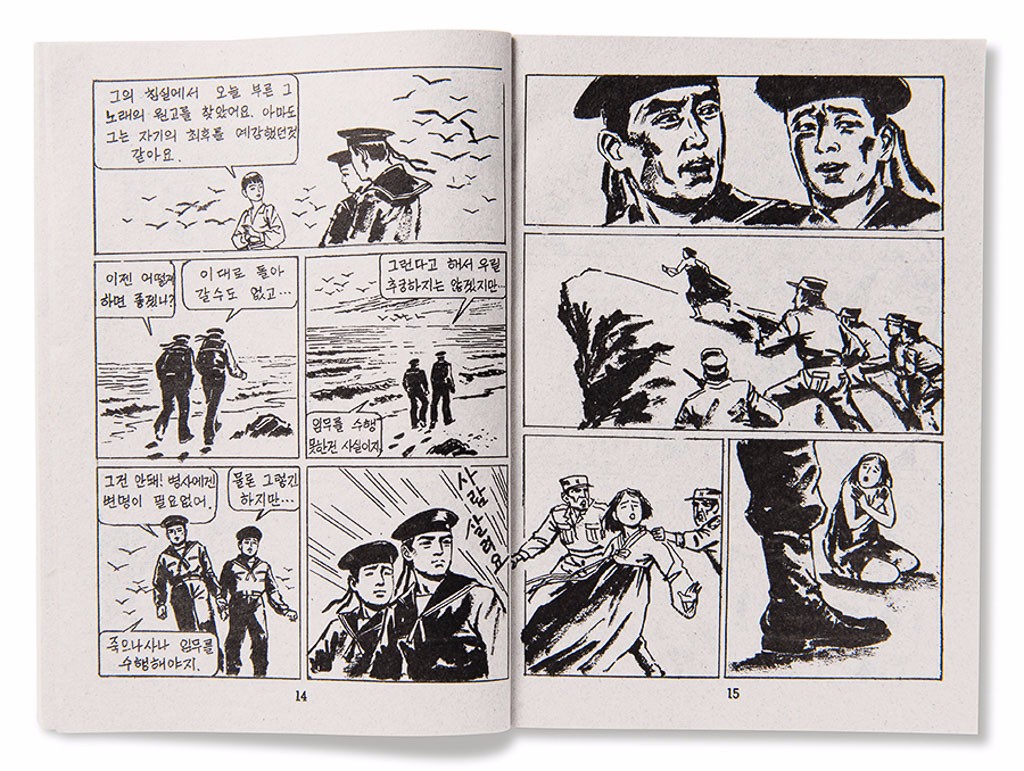
“When I was growing up, I had exactly the same comic, except that the enemy was German. And that war been over for 25 years already!”
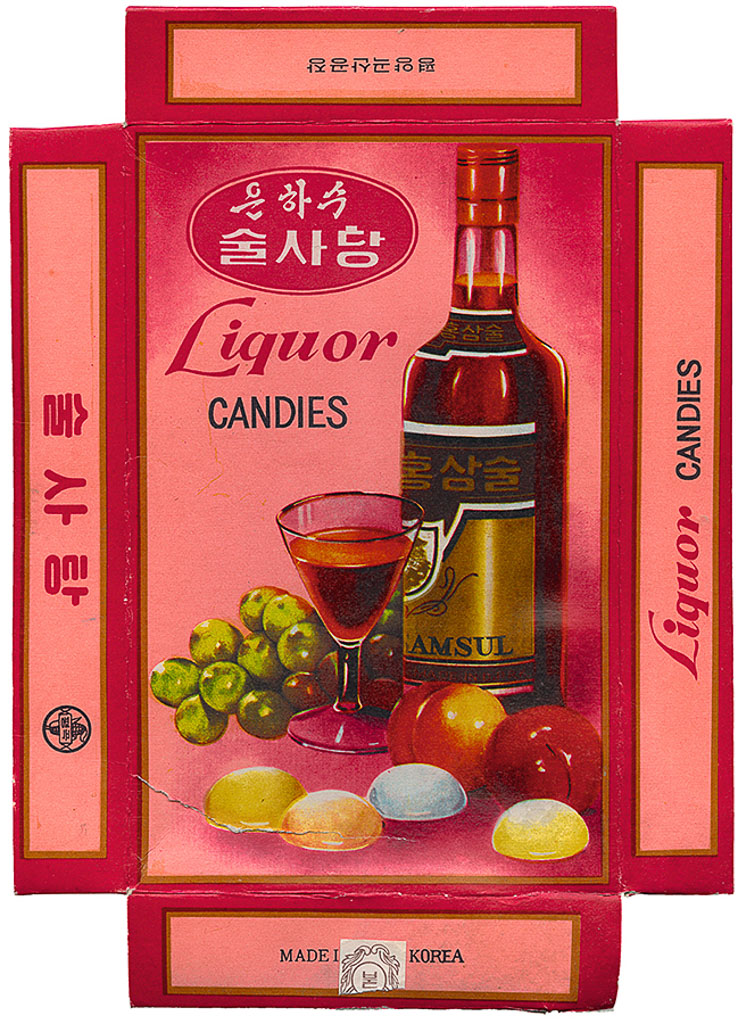
“The box of chocolate liqueurs is all done up to say, ‘Look, this is a form of luxury.’ That’s a massive change from before. It says: ‘We’ve developed our country, and we have more than just the basic goods.’”
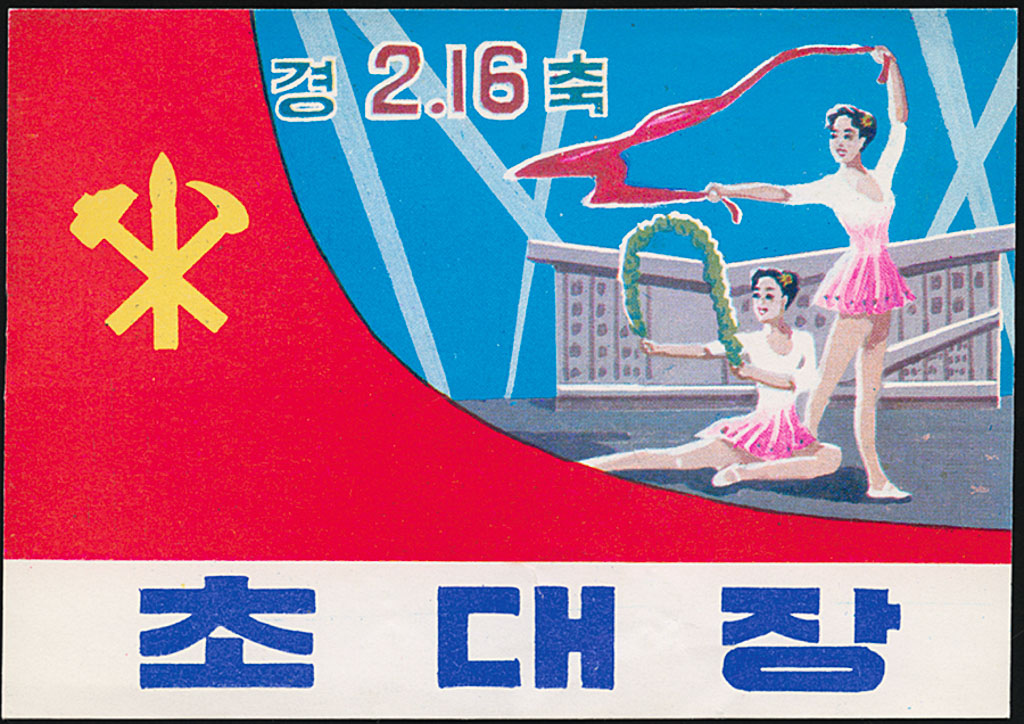
“I remember the ticket for the Mass Games – it’s a great graphic, but it’s also a reminder for me. The book is a study of North Korea, but it’s also a personal diary.”
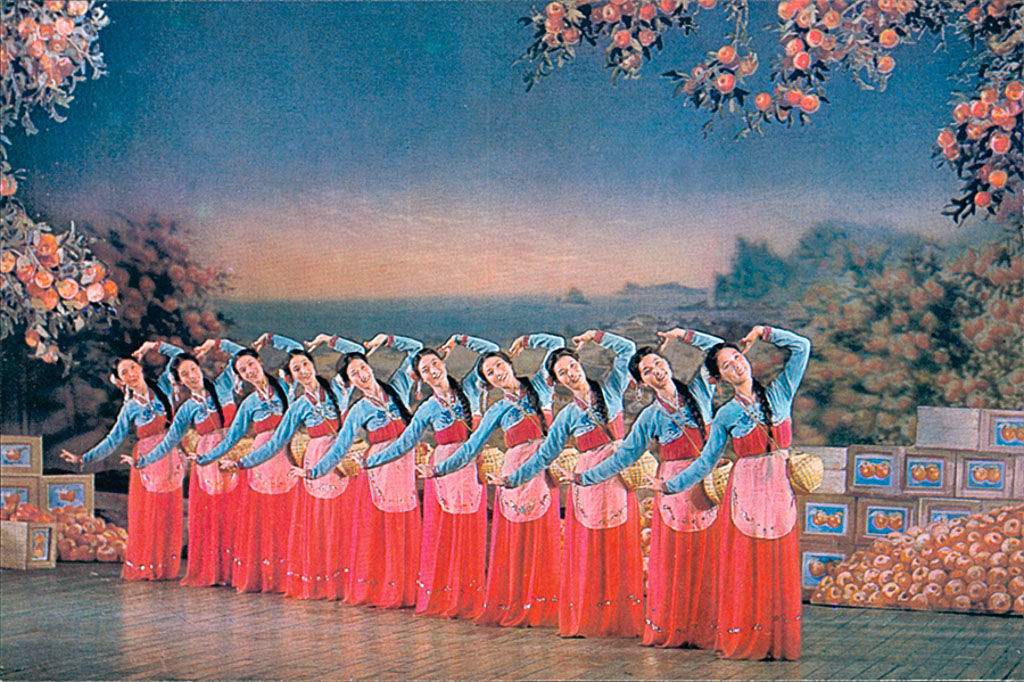
“A high percentage of this stuff is for tourists. I started collecting in ’93, but there would be piles of postcards from the ’60s and ’70s, because there had been so few visitors.”

“These stamps were made very clearly for a foreign market, for stamp collectors.”
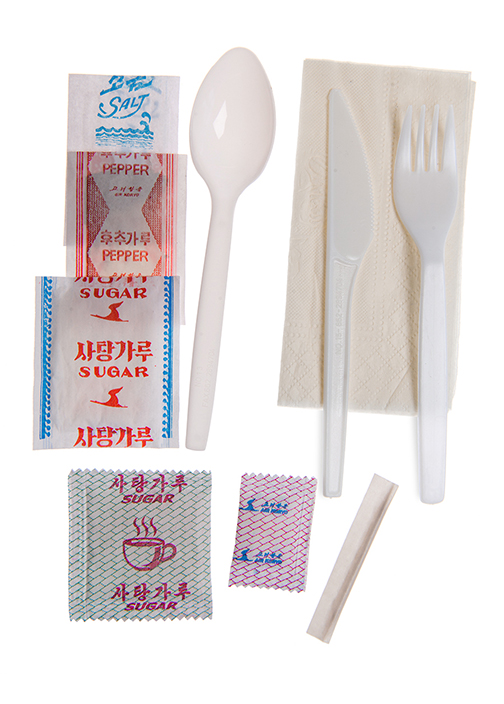
“I love the sugar packet. On Air Koryo, they decided to do in-flight food. Normally on a Western airline, you’d get something that just says ‘sugar.’ But here there’s this lovely detail – who the hell came up with all this patterning? It’s frivolity in a country you don’t associate with frivolity, and I love that. I mean, why do something pretty?”
Made in North Korea: Graphics From Everyday Life in The DPRK is available on Amazon.
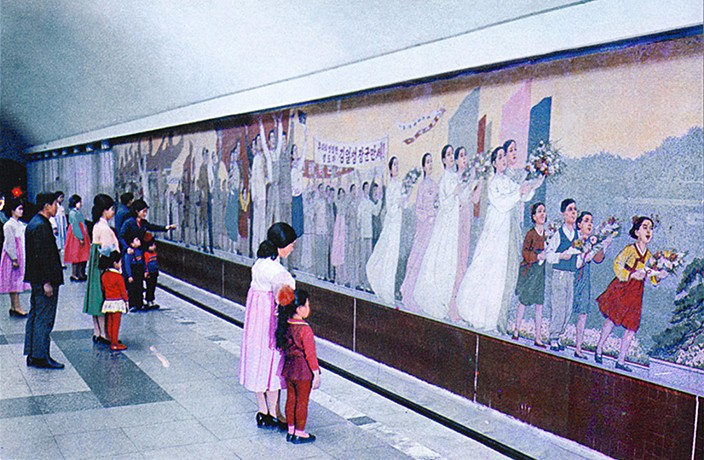




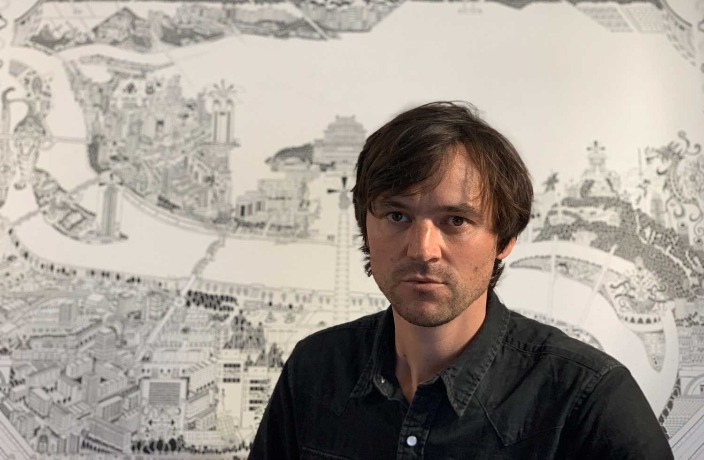
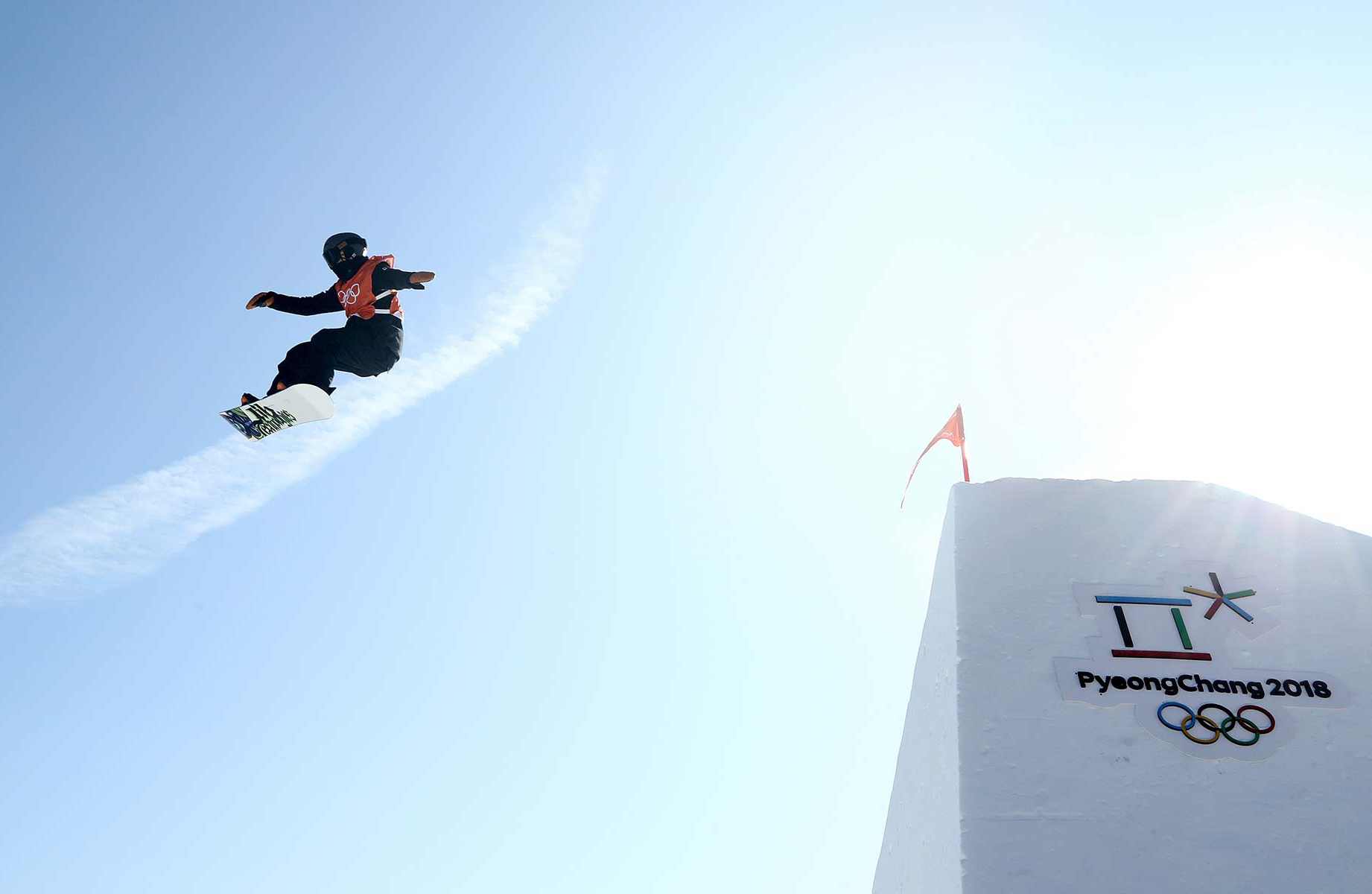
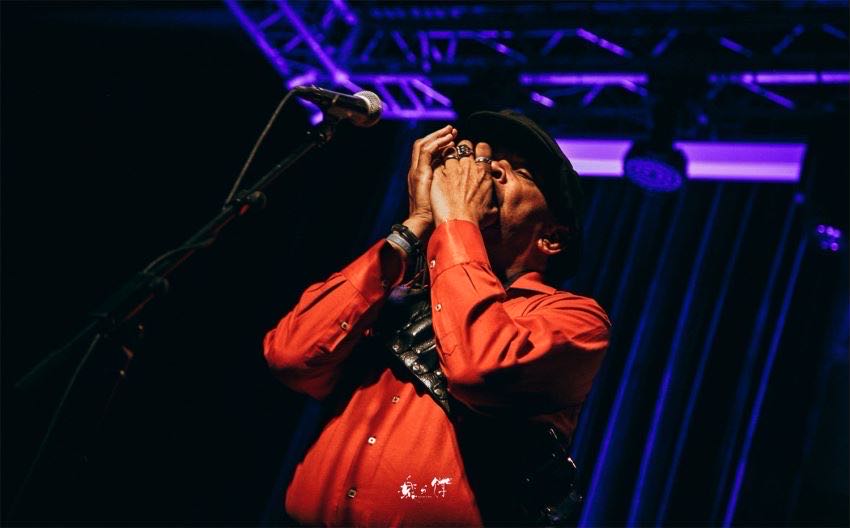













0 User Comments